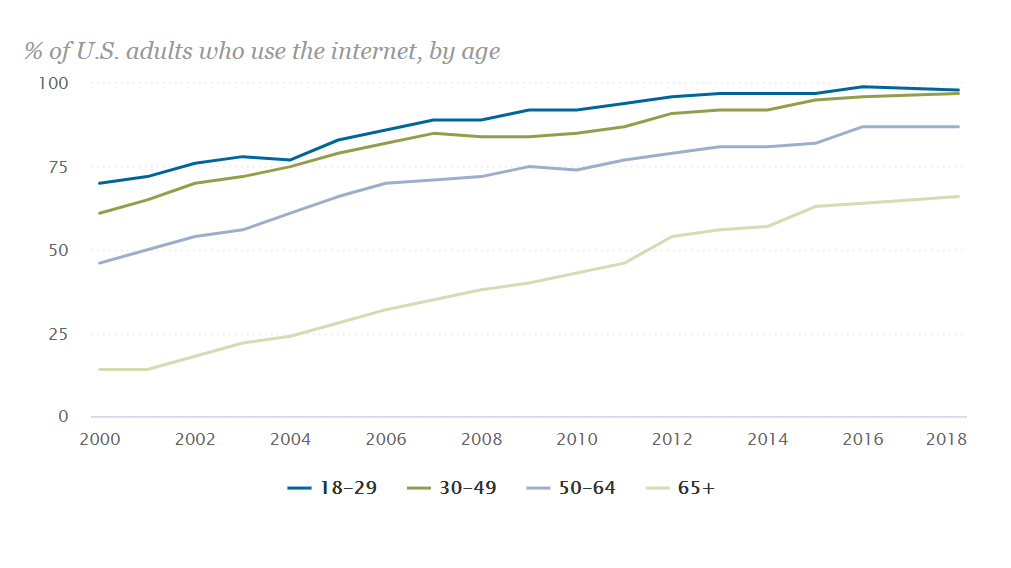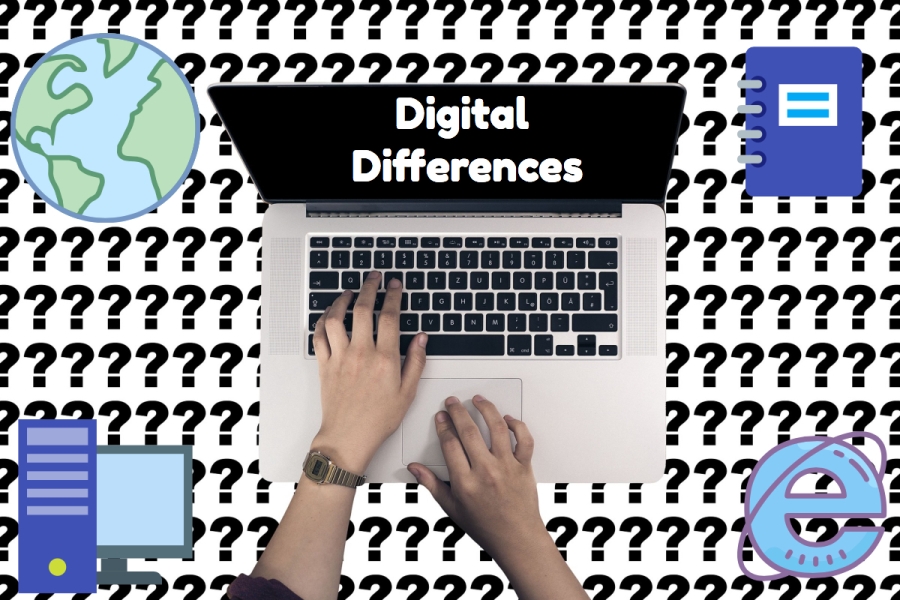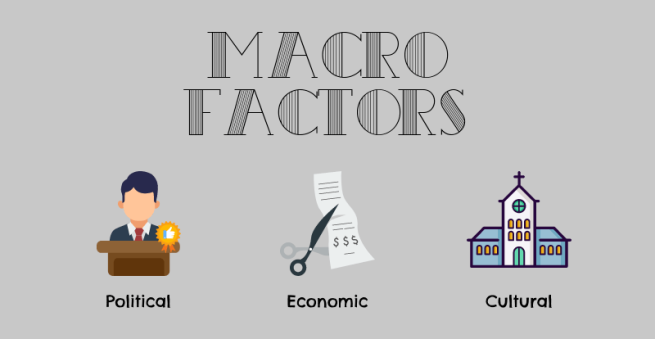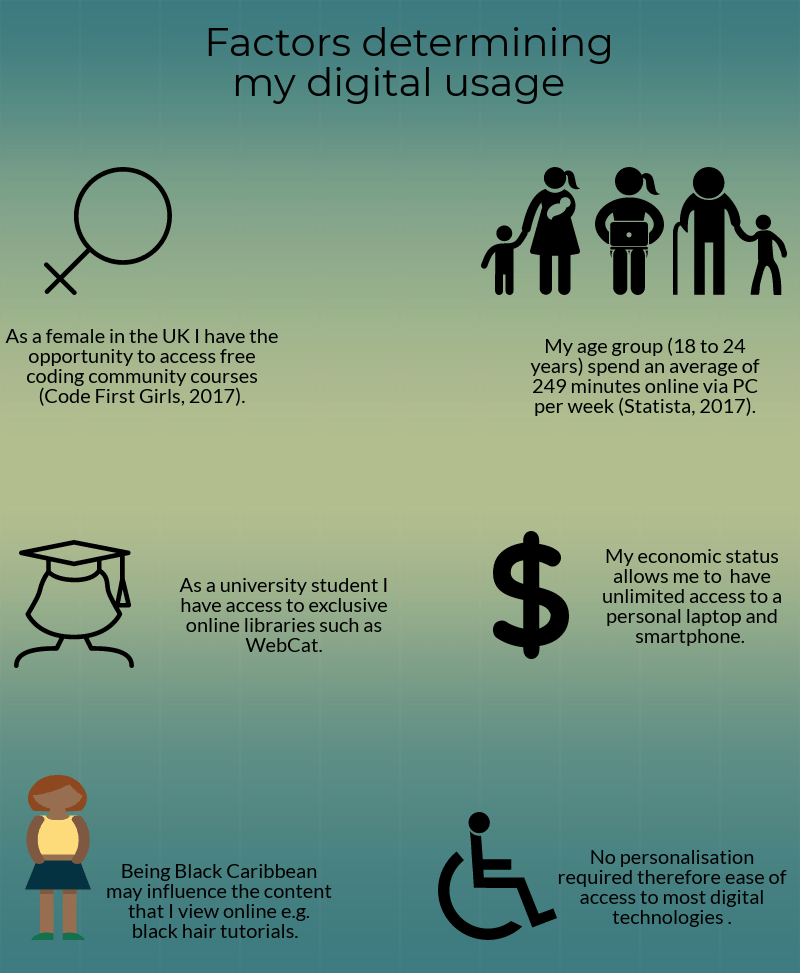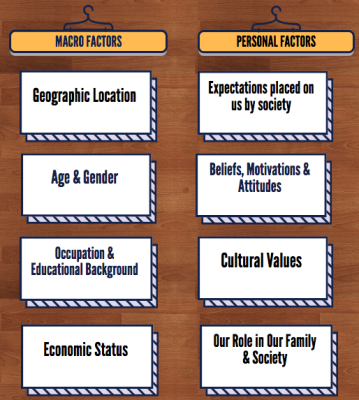
Topic 1- Digital Differences
Over the past decade increased Internet adoption and a rise of mobile connectivity has allowed us to bridge the gap in accessing technology and online information for most (Smith and Zickuhr, 2012). However, terms such as ‘digital divide’ and ‘digital differences’ are still frequently used when studying today’s online users. Exploring MOOC and various studies, it is apparent there are common factors that lead to disparities on the Web.
Continue reading →

